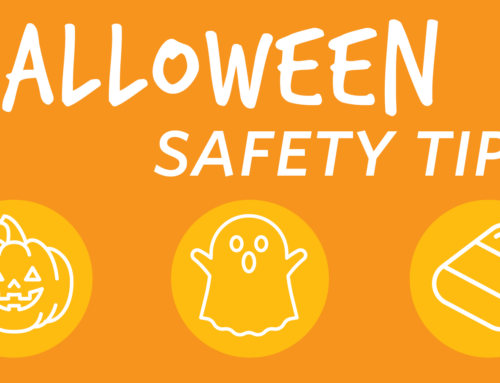With weather forecasters calling for more extreme winter weather across much of the country this week, now is the time to administer a little TLC to your bird feeder. Remember to keep the feeder clean and clear of snow, give any seed feeders a shake before refilling them to dislodge compacted seed and dump out any old remnants, and, of course, fill ‘er up. Feeders can help birds through harsh winter conditions, like the ones building right now.
Our friends at Do it Best put together a great article about using the right food for the right birds here: Do it Best
Looking for the best foods for winter bird feeding? Bill Thompson, III, over at Bird Watcher’s Digest offers his top 10 picks:
10. Black-oil sunflower seed. Thompson calls this seed the “hamburger” of the bird world: nearly every bird that stops by your feeder will eat it because its thin shell is easy to crack.
9. Peanuts. “Woodpeckers, jays, nuthatches, chickadees, and titmice will readily visit a feeder for this high-protein, high-energy food. Even cardinals and finches will eat peanuts,” Thompson writes. Be sure they’re de-shelled, dry-roasted, and unsalted.
8. Suet. You’ll likely be able to find this high-fat food at your supermarket (ask the butcher if you don’t spot it on display). Make your own suet feeder with a mesh onion bag, Thompson suggests.

7. Good mixed seed. There is such a thing as bad mixed seed, Thompson points out. “Bad mixed seed has lots of filler in it—junk seeds that most birds won’t eat. Bad mixed seed can include dyed seed meant for pet birds, wheat, and some forms of red milo that only birds in the Desert Southwest seem to eat.” Good mixed seed, he says, “has a large amount of sunflower seed, cracked corn, white proso millet, and perhaps some peanut hearts.” Check for seed at specialty bird stores or a hardware store, or make your own mix.
6. Nyjer/thistle seed. “Although it can be expensive, Nyjer, or thistle, seed is eagerly consumed by all the small finches—goldfinches, house, purple, and Cassin’s finches, pine siskins, and redpolls,” says Thompson. “You need to feed thistle in a thistle feeder of some kind–the two most commonly used types of thistle feeder are a tube feeder with small thistle-seed-sized holes, and a thistle sock. A thistle sock is a sock-shaped, fine-mesh, synthetic bag that is filled with thistle seed. Small finches can cling to this bag and pull seeds out through the bag’s mesh.”
5. Safflower. You can fill any sunflower seed feeder with safflower, which many birds eat. Thompson advises avoiding putting the seed on the ground in wet weather as it “can quickly become soggy and inedible.” Look for it in bulk at seed and feed stores.
4. Cracked corn. “Sparrows, blackbirds, jays, doves, quail, and squirrels are just a few of the creatures you can expect at your feeders if you feed cracked corn,” Thomson says. But watch out—it’s also a favorite of squirrels.

3. Mealworms. The thought of mealworms might give you the willies, but most feeder birds will gobble them up—except goldfinches, according to Thompson. He suggests keeping 1,000 mealworms in a tub of old-fashioned rolled oats, then doling them out in a shallow ceramic dish, which the worms can’t crawl out of because of the slippery sides.
2. Fruit. Grapes or sliced citrus, apple, or banana are a special treat that will draw many birds. “If you want to feed raisins, chop them up and soak them in warm water first to soften them up a bit,” suggests Thompson.
1. Homemade bird treats. For Thompson’s suggestions, click here.





